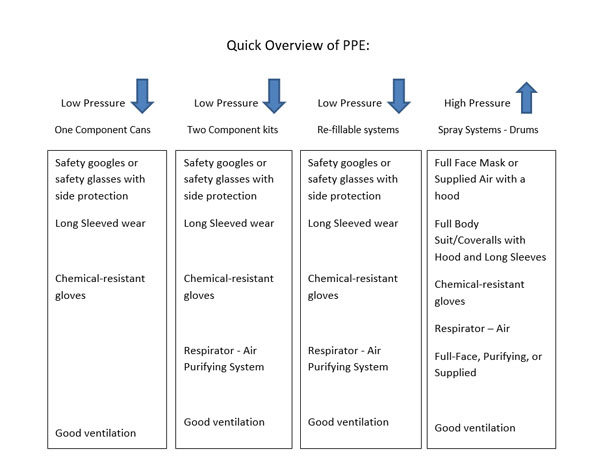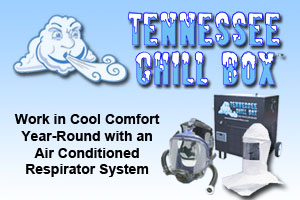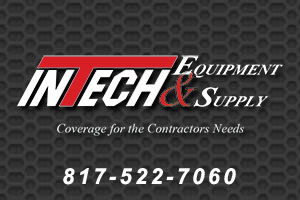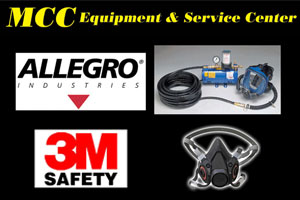PPE Safety: What You Should Know
Personal protective equipment (PPE) requirements for using spray foam have some differences depending upon the manufacture's recommendations, warning labels, and the material safety data sheets (MSDS). You, and your employees, have a right to know the hazards involved working with or around spray foam materials, so that all safety precautions can be implemented correctly. When in doubt, always consult OSHA safety regulations.
The following check list is designed as a quick, simplified reference but is not all-inclusive for every situation. It is always advisable to read the labels carefully and follow all instructions for the chemical product being used. Moreover, always check the MSDS sheet(s) for information specific to the chemical being used. Material suppliers should be able to provide you with these sheets. Check OSHA safety standards for additional protocols. Personal protective equipment is designed for body protection for eyes, skin, hands, and lungs.

- Full Body Coveralls - Reduce and avoid contact with the skin
- Hoods - Some hoods (Head Covering) come with the coveralls or can be purchased separately
- Chemical Resistant Gloves - Make sure gloves and coverall sleeves are long enough to create an overlap
- Safety Glasses/Goggles - There are various types
- Face Masks - Protect from inhalation of airborne particles
- Masks - Full-Face Mask or Supplied Air Mask; check for a good fit
- Respiratory Protection - Fresh or purified-air system; check for a good fit

*Note that, in every case, ventilation is emphasized. The better the ventilation, the better the safety equipment can provide protection.
Note: This article is intended as a simplified over-view and does not replace or alter OSHA regulations. Always consult with OSHA for current standards.
Learn more about confined spaces
Spray Foam and Polyurea Schools
Spray foam kits for sale. Find great deals on sprayfoaminsider.com.
See all trusted brands and money-saving alternatives to suit any budget.










